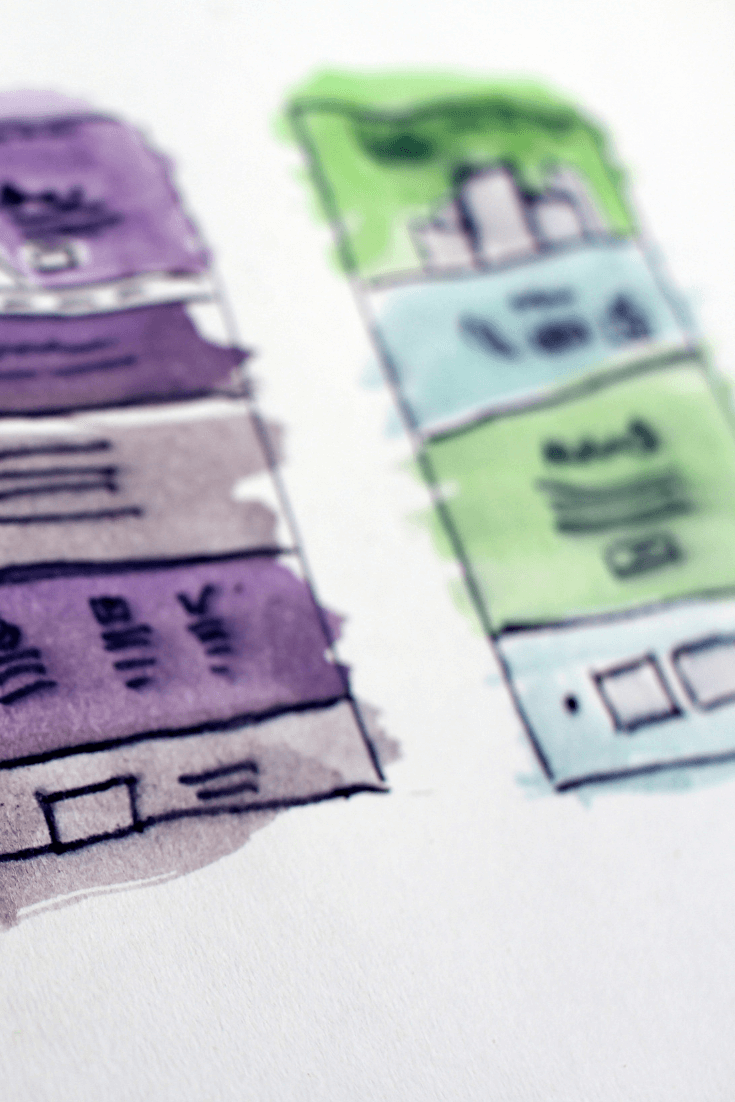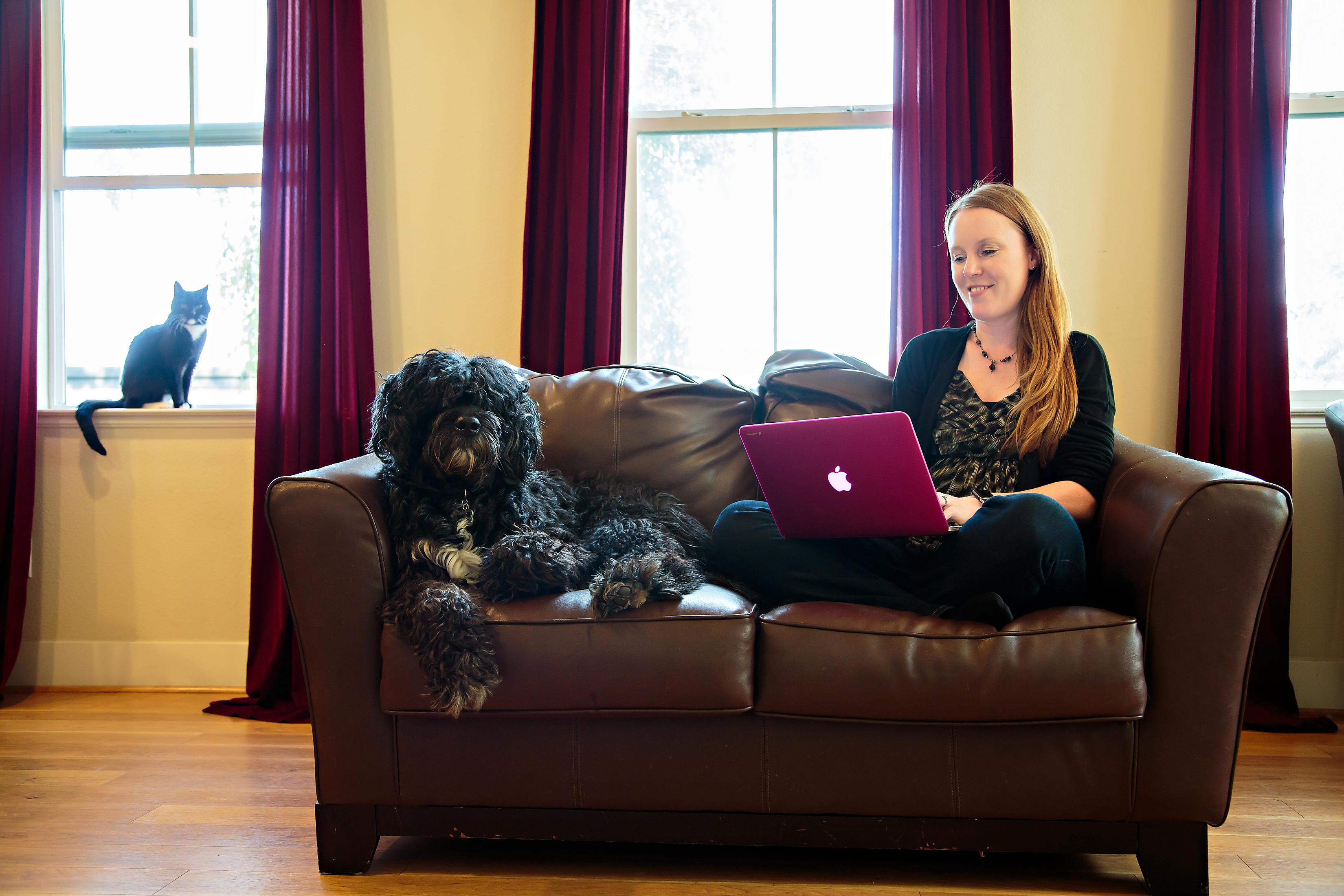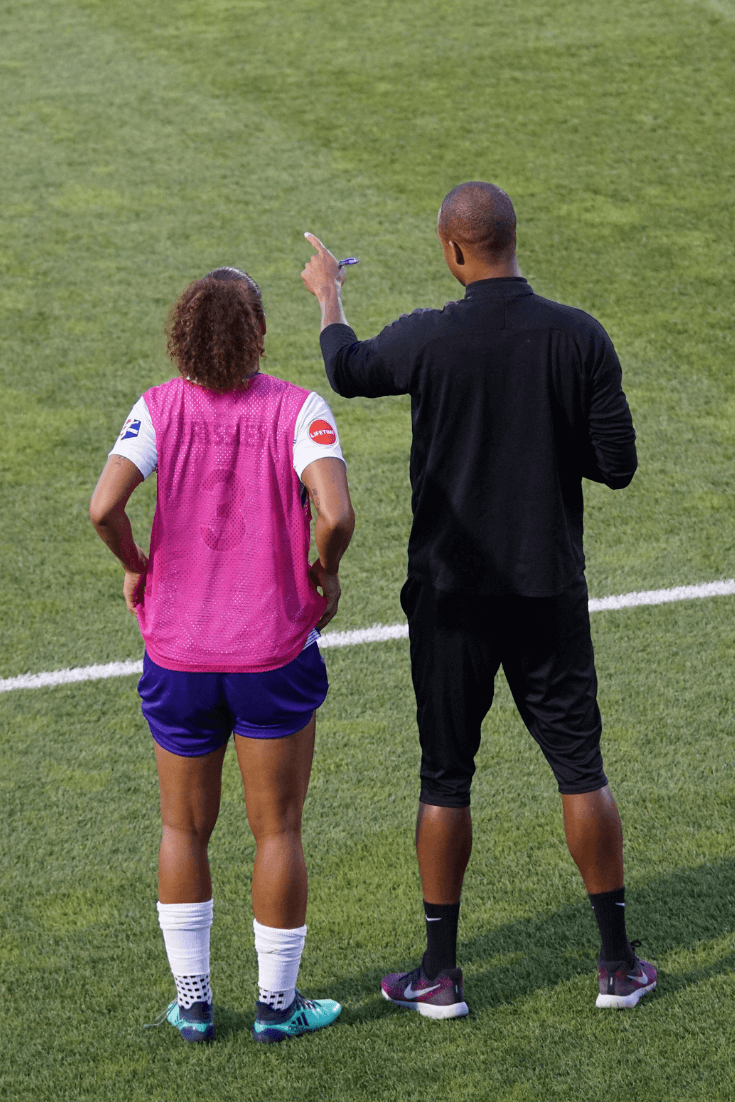Storyboard like an Animator
Use the Hero’s Journey to structure your storyboard discussion with a collaborator.
Style
Collaborator
Skill
Structuring Ideas
Time
15 – 45 mins
THE WORKSHOP:
Storyboard like an Animator
You may not work at your favorite animation studio, but that doesn’t mean you can’t approach your next storyboarding session with a playful attitude. Simply working with a collaborator will start you off on the right foot. Together, you can act out scenes, play with possibilities, and crack jokes. Use colorful tools and sketches, too, to keep the process fun. To structure and focus your conversation, start with a simple Hero’s Journey framework and elaborate from there.
When should you storyboard your manuscript? There are a number of times in the writing process where working with a storyboard can be useful.
After idea generation, storyboarding will help you structure energetic brainstorming into a solid plan for your story. For me, the right moment is after I’ve done some full-plot brainstorming, and after I’ve drafted at least two or three scenes.
When drafting, storyboarding is an excellent get-unstuck tool. You might play a game or two to shake up your ideas and then use a storyboard to help you plug your new ideas into the plot. If you’ve already created a storyboard, you can play around with the variables to see if a change here or there might unstick your stuck moment. If not, a storyboard will give you increased clarity.
When revising, storyboarding is a powerful shortcut to help you see the effect of changes. Rather than trying to hold your entire plot in your mind while you experiment with possibilities, swap elements into and out of your storyboard to see how each change will impact your plot. Using this simplified view, you’ll be able to problem-solve with greater perspective and speed.

Materials
How to Play
- Timer
- Paper
- Colored Pencils
- Index Cards
- Post-Its
- Posterboard, a White Board, or a Large Open Space (such as a wall, a tabletop, or the floor)
1. Decide whether you’ll work on one of your stories, or if you’ll split the time in two and work on each of your stories for half of your time. Adjust your timing accordingly.
2. Set a timer for five minutes.
3. In that short time, capture the main points in your story using a Hero’s Journey frame. Here are the stages as I often plan through them:
- Ordinary Life – What are your main character’s circumstances? How do we see their strengths and weaknesses in action?
- Call to Adventure – How does the story’s challenge or opportunity show up?
- Crossing the Threshold – What happens as soon as the character says yes to the adventure? Or, what happens when they’re forced into it against their will?
- Belly of the Whale – What are the stakes, now that the adventure has begun? How might you show the stakes in a scene?
- A Wise Advisor – Who shows up to provide aid, information, or training for your character? (This stage can happen here, or sometimes it happens before the character crosses the threshold.)
- Three Trials – Your story will have the amount of trials that makes the most sense to you. I start by breaking the trials into three sections, each driven by a specific objective that my main character pursues. From there, I identify what doesn’t fit and experiment.
- Wrestling the Dragon – What about the climax is inevitable? What surprises your main character?
- The Boon – What physical or intangible boon(s) does your character take away from the encounter with the dragon?
- The Journey Home – What situation tests your main character’s newfound skill and/or treasure?
- Home Again – How does “real life” begin again for your character? How might you use circumstances to show how they’ve changed? How does their growth impact their community?
4. Once the time is up, it’s time to storyboard. Grab a stack of index cards. Decide how long you want to spend on the storyboard today. Save three-five minutes at the end of your work session to capture any thinking you haven’t captured on the board and don’t want to forget. Set your timer accordingly.
5. If this is your first draft of the storyboard, use your Hero’s Journey to spark ideas for the scenes you need. Some elements will play out in one scene. Others will require more than one. Create an interesting title for each scene, and (if you like) sketch key images. Each index card should represent only one scene.
6. If you’ve already created a storyboard for this project, compare your Hero’s Journey to the cards on your board. Write new scenes on cards and add them to the board, pulling off cards that are no longer relevant.
7. When you reach problem spots, or gaps between one major scene and another, bounce ideas off one another. Try acting moments out, tossing possibilities back and forth, or sketch options on your own and then compare and decide.
8. Depending on how much time you’ve allotted for this activity, you can spend time now playing around with options, or push yourself to keep moving. If you’re speeding through, capture the givens for each important scene. You can play with possibilities later when it’s time to draft.
9. Wrap up your storyboarding session by capturing any outstanding issues. Grab a stack of post-its, and write “How might I … ” questions on each. As you post each thought on the wall, your collaborator’s questions should enrich your thinking. Snap a photo of your post-its before taking them down.
Don’t forget! If you can’t store your storyboard as is, number your cards (in pencil) so it will be easy to lay them out in this same order again.
Try On Other Creative Styles
Storyboard Like a Detective
FOR INVENTORS
Define the scenario, collect clues, and ultimately, resolve your questions. Capture your thinking on your storyboard.
Storyboard Like a Reporter
FOR ARCHITECTS
Structure your thinking about a project with a reporter’s questions. Use your discoveries to shape your storyboard.
Storyboard Like a Coach
FOR SPECIAL AGENTS
Run a few quick scenarios for your idea and then choose a game plan for your storyboard.





